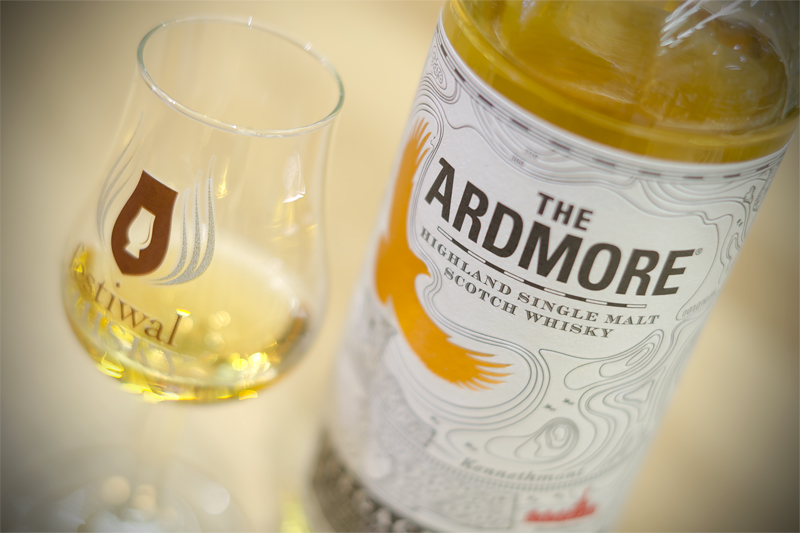Ardmore
2016-10-10
 Ardmore in a nutshell:
Ardmore in a nutshell:founded: 1898
owner: Beam Suntory
region: Highlands
location: 57° 21’ 02.3” N 02° 44’ 37.5” W
status: active
capacity: 5,550,000 litres
washbacks: 14 Oregon pine
stills: 8
source of water: springs on the slopes of Knockandy Hill
tours: no
Ardmore
Situated on the outskirts of the Speyside region, at the foot of the Grampian mountains, Ardmore is sometimes classified as belonging to the Highland region, and sometimes as a Speyside still. Whatever the definition, it is an unusual distillery – one of the few that for many years now has been renowned for making smoky-peaty whisky (12-14 ppm).
Ardmore dates back to late 19th century, when Adam Teacher, son of the renowned blender William Teacher of Glasgow, decided in 1898 that his company needed their own distillery which would ensure supplies of ingredients for their blends, including their flagship, known today as Teacher’s blended whisky. And today, still most of the whisky produced at Ardmore ends up in blends. By the way, it was not the first distillery by that name. In the early 19th century there was an Ardmore operating on the island of Islay, yet one has absolutely no connection with the other.
Being an offspring of the industrial revolution, Ardmore was a modern plant through and through. All the equipment was powered by a single steam engine, and there was a railway siding running alongside the plant, which ensured convenient transport for barley and coal, as well as the finished product of the distillery.
Just like many other stills built in the 19th century, Ardmore started off with just one pair of stills. The number was not doubled until mid 20th century, in 1955. Four stills operated here for two decades, until the number was doubled again in 1974, which made Ardmore one of the largest malt whisky distillery in the region. Soon after that the plant – together with the entire Teacher’s brand – was taken over by Allied Distillers. One of the direct and tangible results of that change was decommissioning of the local malting to cut down on costs. Ever since Ardmore has been outsourcing malted barley – both the peated variety used for its standard whisky production and the unpeated one used for Ardlair whisky, destined entirely for blending purposes. There are rumours of experimenting with highly peated malt at Ardmore, however their results have not yet been publicised or bottled.
Ardmore was one of the last malt whisky distilleries to use open fire for stills heating, a fire from coal-burning furnaces located underneath each of the stills. This method has been given up altogether in the Scottish whisky industry for ecological reasons, yet that positive change has had negative consequences for the flavour complexity of whiskies produced there. Unlike modern steam heaters, the non-ecological and difficult to control and maintain coal furnaces caused occasional burning of the still contents. The result was additional flavour notes and complexity, albeit unpredictable, of the final product. Therefore, when decision was made in 2001 to shift to steam heating, the distillery staff spent seven months convoluting the coils of the steam heaters so that the process can be replicated at least to some extent, so that the distilled spirit got overheated at least here and there.
The spirit distilled here is matured mostly in ex-bourbon casks, though some Perdo Ximenez sherry, port and even cognac casks are used as well. In 2007 the first batch of the official distillery expression, Ardmore Traditional Cask, was released. It is a no-age-statement whisky which was additionally matured in quarter casks for 10 months. The quarter casks provide for more intensive contact between the wood and the spirit, enhancing the maturation process. The official range of whiskies offered by the producer includes also the 25 and 30 year old expressions.
Show more entries from
October 2016